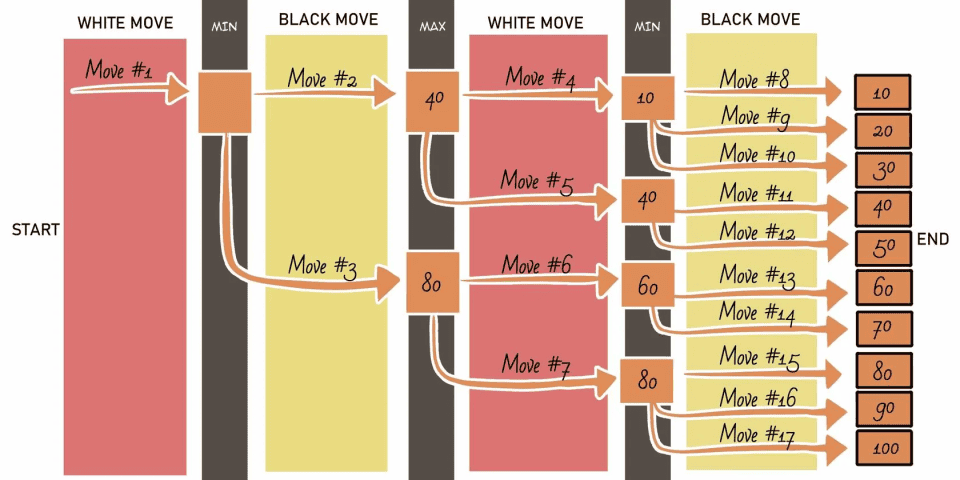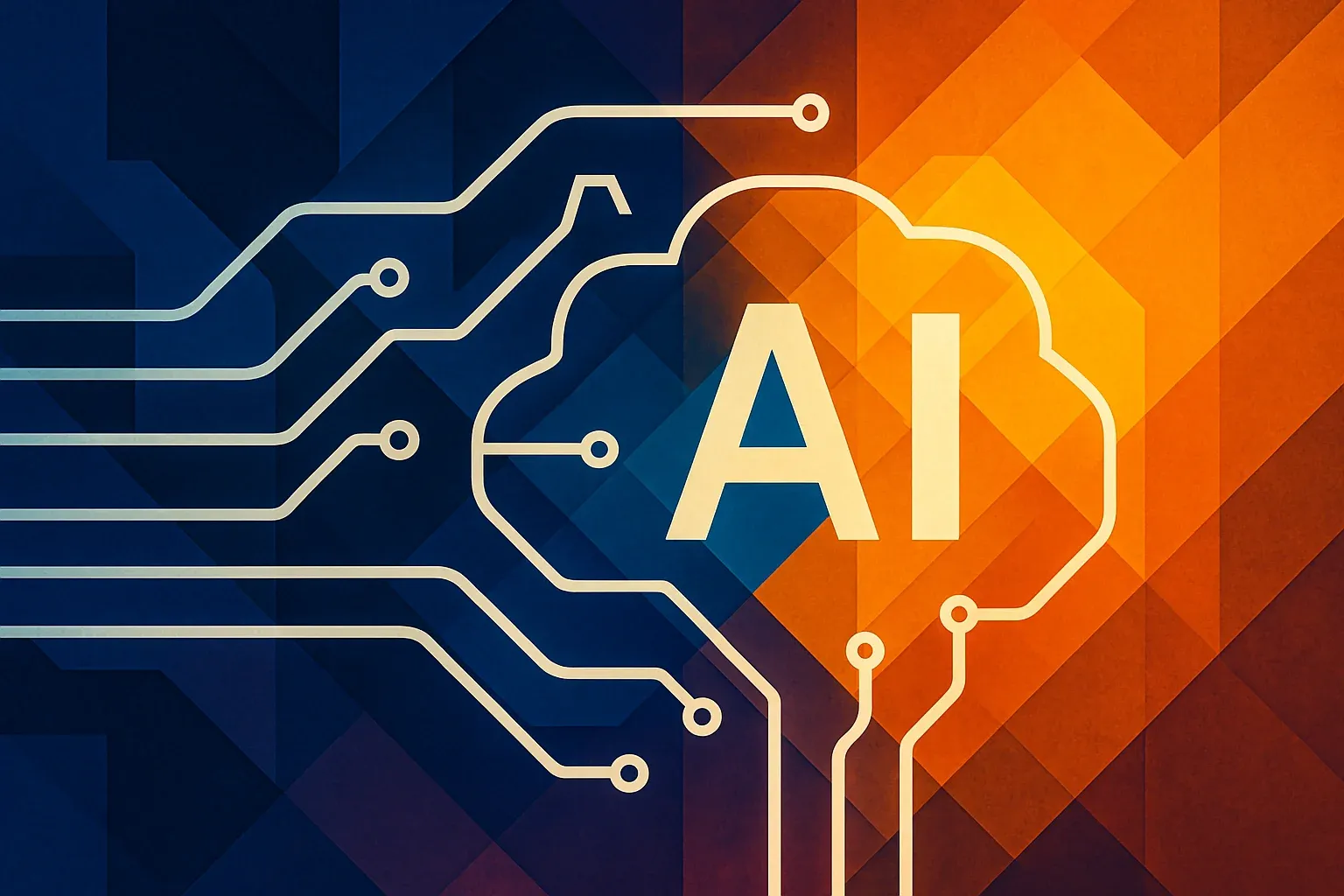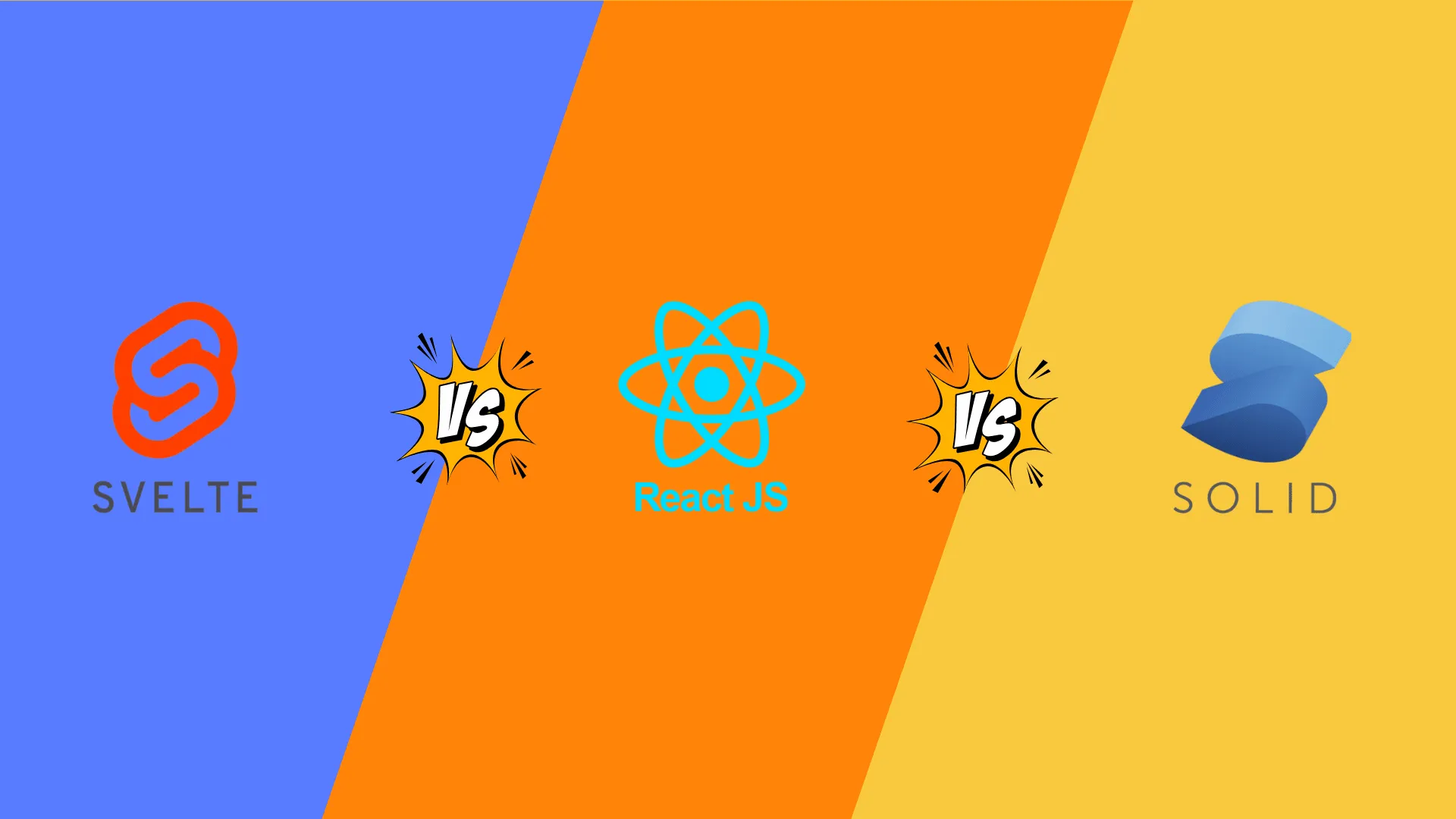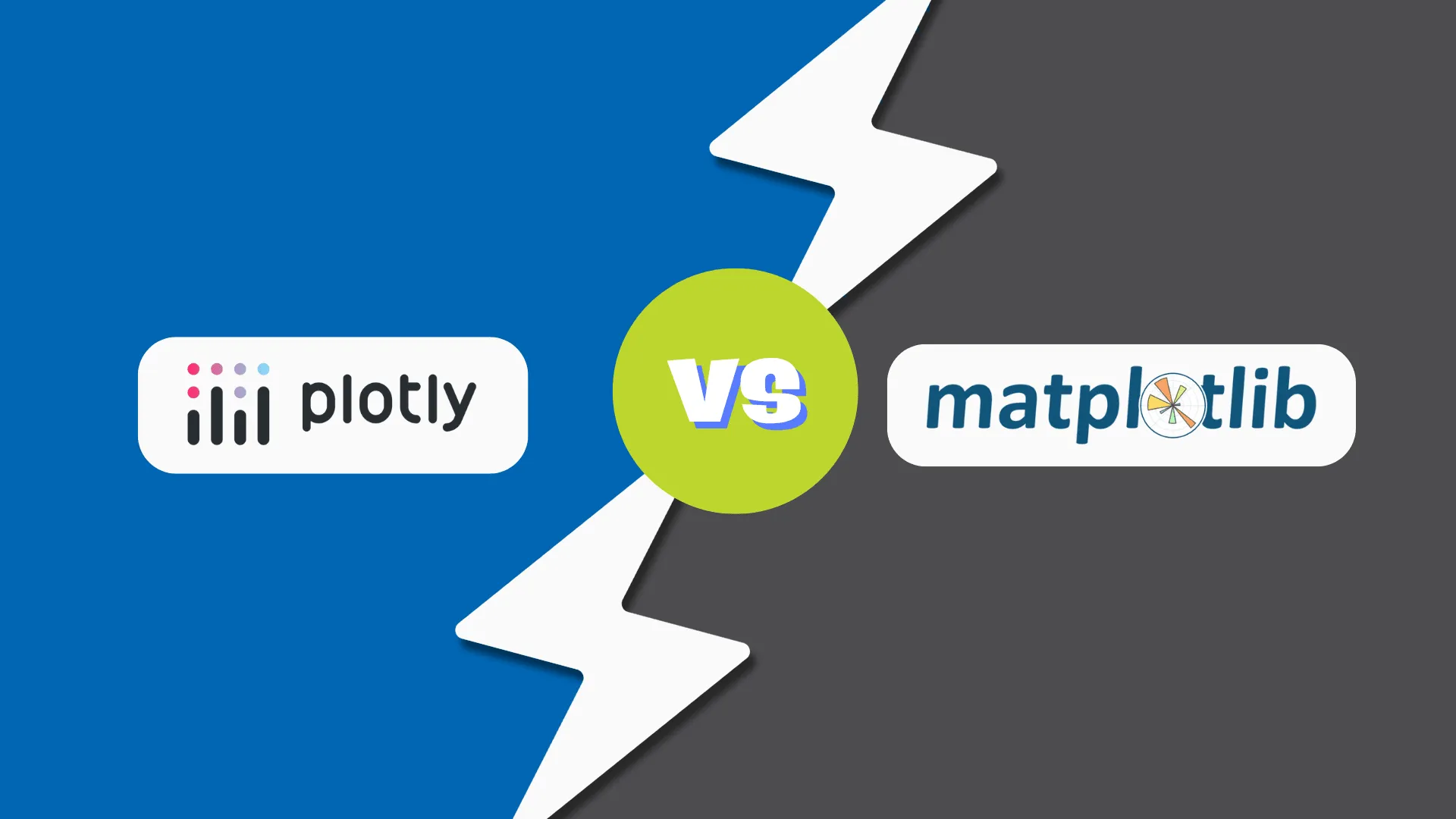The gaming industry is a multi-billion-dollar battlefield where player sentiment shifts rapidly. Every day, millions of gamers voice their opinions, frustrations, and desires on platforms like Reddit, Twitter, Discord, and Twitch. But are you truly listening?
Not just hearing the noise, but extracting strategic insights from these conversations? That’s where AI-driven social listening comes in—no longer a luxury but a game-changing tool for game developers, publishers, and marketers looking to increase player engagement, optimize game development, and drive revenue.
The Problem: You're Flying Blind Without AI
Without AI-powered gamer sentiment analysis, game companies face major challenges, such as,
- ● Data Overload – Millions of player conversations happen daily. Manual tracking is impossible, leaving studios with raw data but no actionable insights.
- ● Gamer Speak is a Foreign Language –Gaming jargon, memes, and slang can confuse basic analytics tools. “This game is sick!”—is that praise or a complaint?
- ● Nuanced Sentiment (and Sarcasm) – Basic sentiment analysis in gaming often misreads sarcasm, leading to flawed PR strategies and inaccurate player sentiment analysis
- ● Reactive, Not Proactive– Without predictive analytics in gaming, you’re responding to issues after they explode instead of preventing them beforehand.
Navigating the gaming industry without AI-powered insights is like playing an RPG without a minimap—you’re making decisions blindly.
The Solution: AI for Gaming Industry Social Listening
Leveraging AI-powered social media monitoring, predictive analytics in gaming, and machine learning for player insights transforms social listening into a competitive advantage.
- ● Decipher the Gamer Code – AI-powered natural language processing (NLP) understands gaming slang, emojis, and community lingo for accurate sentiment analysis.
- ● Uncover Hidden Trends – Machine learning (ML) detects player behavior patterns, helping studios predict engagement trends and content preferences.
- ● Advanced Sentiment Analysis for Gaming – AI detects sarcasm, emotional intensity, and microtrends, preventing PR disasters.
- ● Noise Reduction & Focus – AI filters irrelevant conversations, so your team focuses on high-impact discussions.
- ● From Reactive to Predictive – AI doesn’t just analyze past data—it predicts player behavior, identifies early dissatisfaction signals, and prevents churn.
The ROI: Real-World Business Benefits of AI-Driven Social Listening
Smarter Game Development
- ● Targeted Beta Testing – AI-driven real-time social media monitoring detects bugs, balance issues, and player reactions, prioritizing fixes.
- ● Data-Driven Design – AI for game development helps align design with player expectations by analyzing real-time feedback
- ● Optimized Game Balancing – Identify frustration points before they cause player churn.
More Effective Marketing & Community Engagement
- ● Measure Campaign Impact – Track brand mentions, sentiment trends, and engagement to optimize marketing ROI. (Socialbakers, 2024).
- ● Find Authentic Influencers – AI detects gamer influencers beyond vanity metrics, identifying genuine player advocates.
- ● Precision-Targeted Messaging – Craft personalized, high-impact campaigns based on real-time audience sentiment analysis.
- ● Proactive Crisis Management – AI detects negative sentiment spikes early, enabling rapid intervention before a PR disaster unfolds.
Competitive Advantage in the Gaming Industry
- ● Track Competitor Strategies – Monitor rival game launches, community responses, and player feedback trends for strategic insights.
- ● Identify Market Gaps – Discover emerging gaming trends and unmet player needs before competitors.
Enhanced Customer Satisfaction & Retention
Gaming companies excelling in AI-driven social listening report a 17% higher player retention rate. (McKinsey, 2023)
Businesses responding to social media complaints within an hour see a 70% increase in customer satisfaction. (Socialbakers, 2024)
Game studios with high AI-powered engagement strategies experience significantly lower churn rates. (Getgud.io, 2024)
How AI-Driven Social Listening Works
AI-powered social listening combines advanced NLP, machine learning, and big data processing to extract actionable insights.
Data Collection & Aggregation
AI monitors multiple platforms (Reddit, Twitter, Discord, Twitch, Steam reviews, gaming forums) and consolidates millions of player-generated conversations.
Natural Language Processing (NLP) for Gaming Insights
- ● Tokenization – Splits text into meaningful words and phrases.
- ● Part-of-Speech Tagging– Identifies grammatical roles of words
- ● Named Entity Recognition (NER) – Detects game titles, characters, and company names.
- ● Sentiment Analysis – Understands positive, negative, or neutral player emotions.
- ● Topic Modeling – Unveils hot discussion topics, player frustrations, and engagement drivers.
Machine Learning (ML) for Player Sentiment Analysis
- ● Transformer Models (BERT, RoBERTa) – Enhance context understanding for precise sentiment tracking.
- ● Recurrent Neural Networks (RNNs) – Analyze sequential player conversations over time.
- ● Tree-Based Models & Naïve Bayes – Improve predictive analytics in gaming sentiment trends.
Data Processing Pipeline
- ● Data Ingestion– Collects real-time gaming conversations.
- ● Preprocessing & Cleaning – Removes spam and irrelevant data.
- ● AI-Based Sentiment Analysis – Detects emotion, sarcasm, and emerging issues.
- ● Pattern Recognition– Identifies trends and player pain points.
- ● Actionable Reporting– Delivers insights via interactive dashboards.
Top AI Tools for Social Listening in Gaming
Some of the best AI-powered gamer sentiment analysis platforms include:
- ● Brandwatch – AI-driven trend detection and sentiment tracking
- ● Sprout Social– Real-time social media monitoring for gaming brands
- ● Talkwalker – Advanced AI-powered audience insights
- ● Mentionlytics –Competitive intelligence for game studios
- ● NetBase Quid – AI-driven consumer behavior analytics
The Future of AI-Driven Social Listening in Gaming
AI-powered sentiment analysis in gaming isn’t just a trend—it’s a necessity for studios and publishers looking to retain players, optimize engagement, and maximize revenue.
Don’t just listen to the noise. Decode the insights within your gaming community.
Leverage AI-driven social listening to craft better games, stronger player connections, and a more profitable future.






